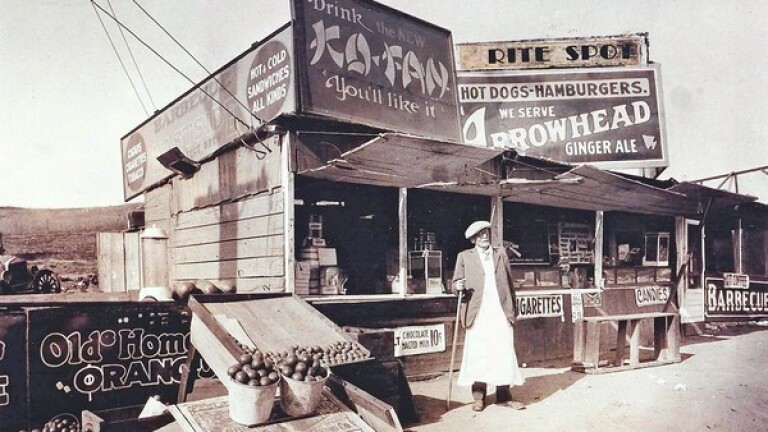Hadley Meares

Hadley Meares is a writer, historian, and singer who traded one Southland (her home state of North Carolina) for another. She is a frequent contributor to Curbed and Atlas Obscura, and leads historical tours all around Los Angeles for Obscura Society LA. Her debut novel, "Absolutely," is now available on Amazon.

Support Provided By










